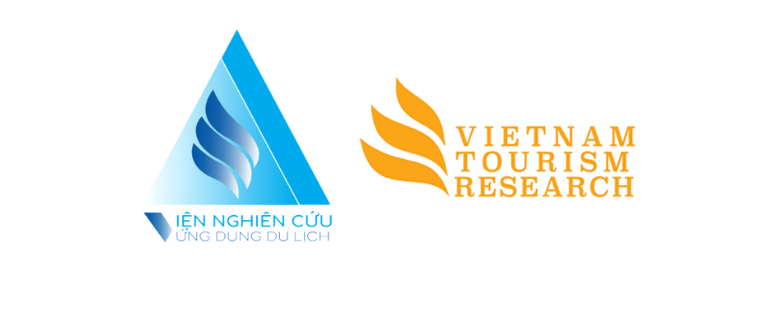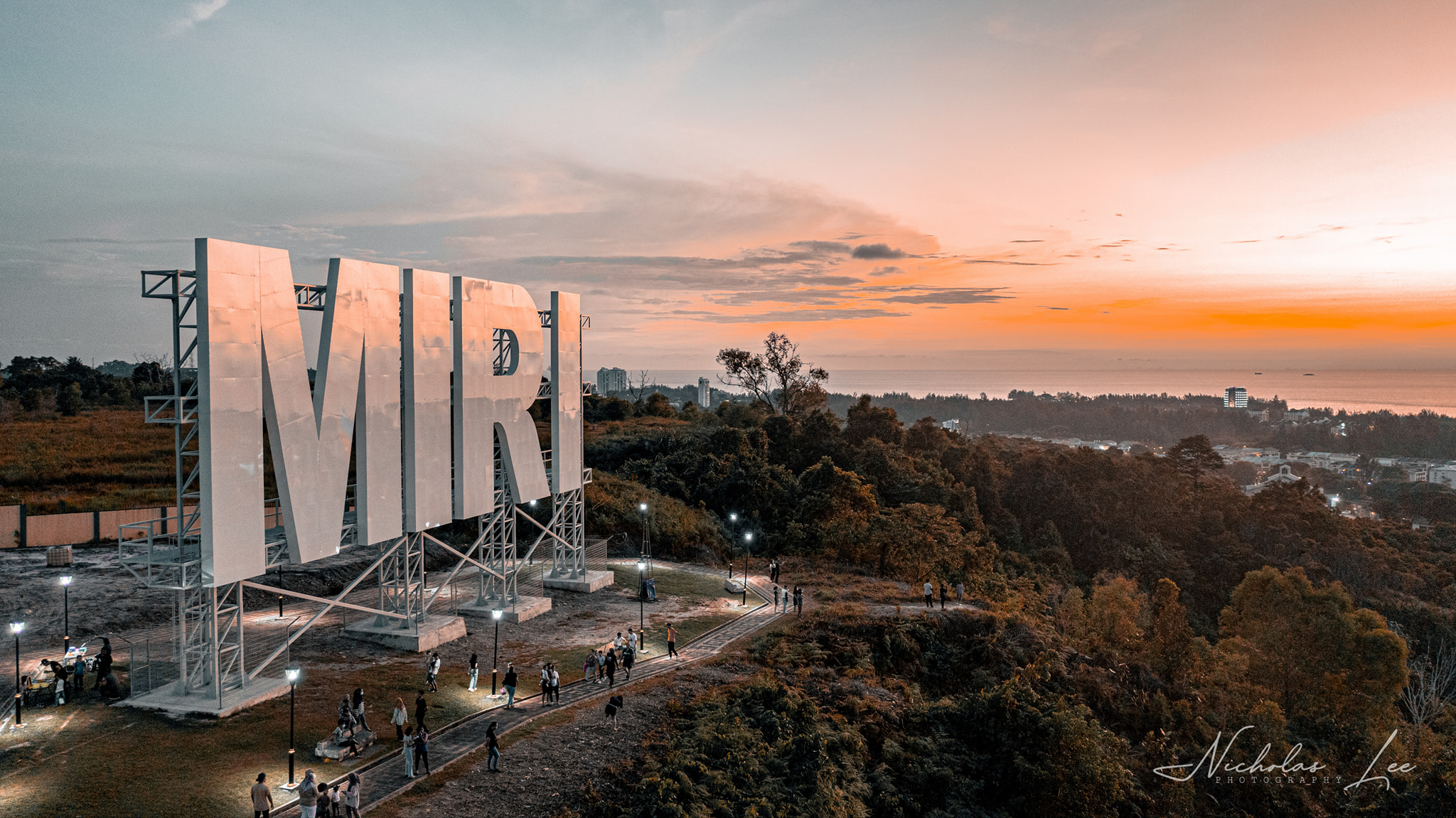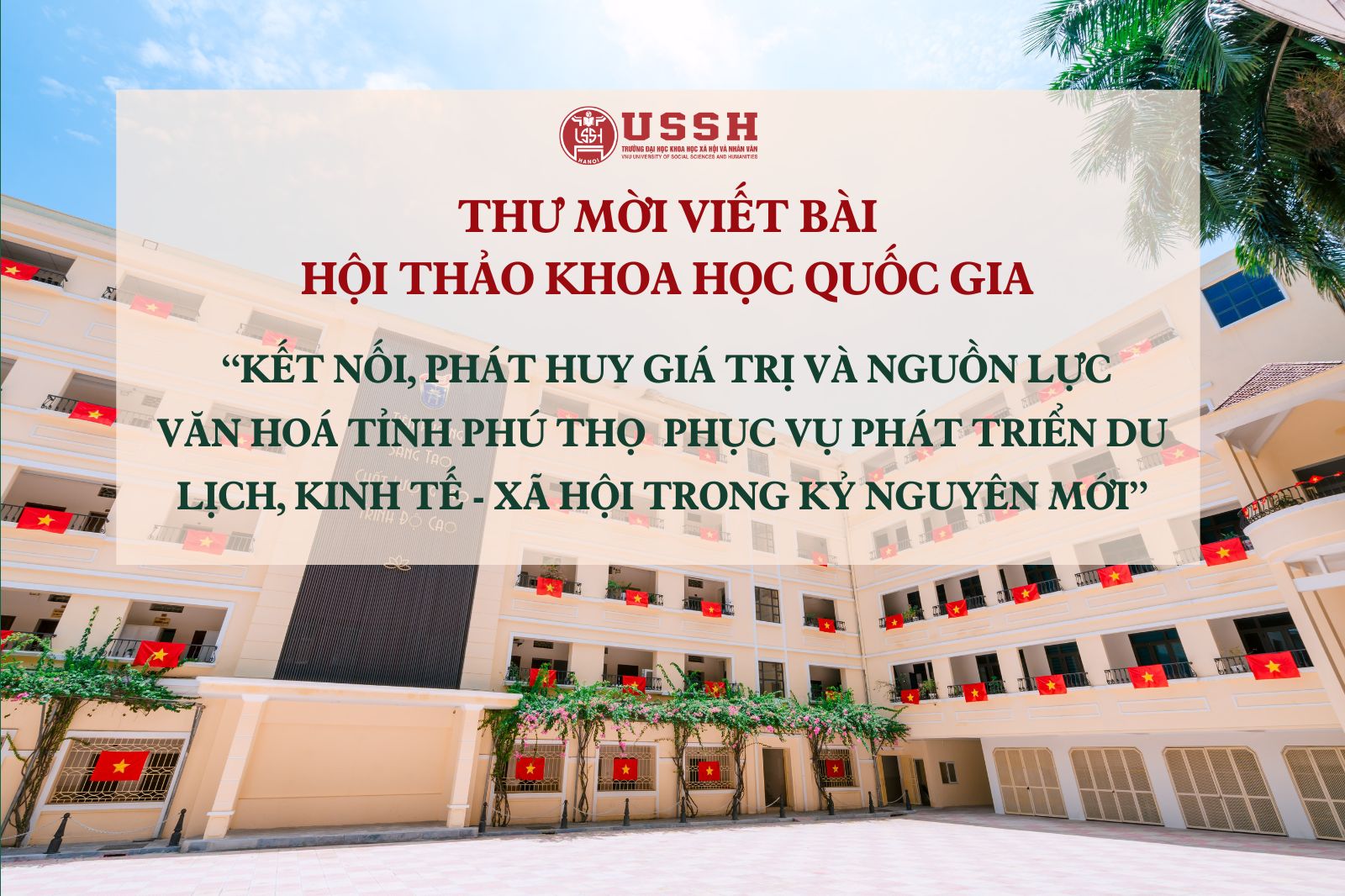This post is also available in:
Tiếng Việt (Vietnamese)
Amid global digital transformation, virtual reality (VR) tourism has emerged as a novel, cost-effective, and sustainable way to explore the world. This article offers a comprehensive analysis of how VR is redefining the travel experience through technological, market-driven, emotional, and educational lenses.
By simulating space, time, and historical environments within immersive digital ecosystems, VR tourism enhances accessibility for all and opens up promising directions for the future of the “smokeless industry.”
Redefining Travel through Immersive Experiences
VR tourism represents one of the most compelling innovations in the fields of travel and entertainment. With just a headset and a few simple interactions, users can embark on extraordinary journeys—from remote African beaches and UNESCO heritage sites in Europe to simulated planetary exploration—without leaving their homes.
This creative solution for remote travel offers a new modality of presence, redefining traditional notions of mobility, accessibility, and engagement.
Market Growth and User Adoption
The global VR tourism market is experiencing rapid expansion. Forecasts indicate that its value will increase fivefold by 2027—from over €4.5 billion to several tens of billions. Notably, around 20% of German respondents believe that the future of tourism lies in the metaverse—a vast virtual environment. Among those under 30, nearly 25% consider VR travel both feasible and attractive.
The market for VR-based learning is also growing, from €6 billion in 2021 to €32 billion by 2026, presenting exciting opportunities to combine education and digital tourism.
At present, users can glide over the Himalayas, race through Swedish snow trails, dive in Mexican oceans, or travel back in time to explore ancient cities like London, Budapest, and Vienna. Some platforms let users experience 1920s Berlin, observe Germany’s first traffic lights, or visit reconstructions of Lebanon’s Baalbek temples. Major institutions such as MoMA (New York), Rijksmuseum (Amsterdam), and Städelmuseum (Frankfurt) now offer free virtual tours, making art and history accessible on demand.
Affordability and Accessibility
VR travel is surprisingly affordable. Many experiences start at just €10, with some available for free via app stores. VR headsets for smartphones cost approximately €100, while advanced models like Meta Quest retail around €450—still considerably cheaper than a traditional flight (e.g., €850 for a roundtrip from Germany to Vietnam).
This pricing makes VR an economically viable and inclusive option for broader audiences.
Multi-Dimensional Benefits of VR Tourism
One of VR’s most significant advantages is its environmental sustainability. It generates no CO₂ emissions, reduces pressure on over-touristed destinations, and eliminates nuisances such as crowds, jet lag, or long wait times. VR also democratizes travel, enabling access for individuals with physical disabilities, older adults, or those unable to travel.
Additionally, VR allows users to safely experience high-risk activities, such as skydiving or hot-air ballooning, from the comfort of their home.
VR also plays a critical role in pre-trip planning. Users can preview hotel room layouts, evaluate walking distances to attractions, or explore a neighborhood virtually before booking. Furthermore, VR offers a way to revisit cherished destinations or “try out” new ones before making actual travel decisions.
Technological Limits and Gaps in Sensory Realism
Despite its benefits, VR tourism has inherent limitations. Current technologies cannot replicate smell, taste, or touch—essential elements of a full-sensory travel experience. Although haptic suits exist, they are not yet widespread.
Moreover, users are often aware of being in a simulated world, which impairs full emotional immersion. VR headsets remain bulky and can cause discomfort after prolonged use. Experience quality also relies heavily on hardware specifications and stable internet connections.
Presence and Immersion: Bridging the Virtual-Real Divide
Immersive quality is determined by factors such as visual resolution, refresh rate, sound design, and narrative engagement. When users feel “present” in a virtual world, they can experience authentic emotions—excitement, fear, wonder—similar to those evoked by real-life experiences.
The brain processes sensory input from VR environments in much the same way it processes real stimuli, leading to emotional realism. Well-designed storylines, ambient sounds, and detailed landscapes can intensify this illusion of presence.
Constructing Authentic Virtual Worlds
Creating immersive VR worlds requires interdisciplinary collaboration. Historians, 3D artists, animators, and programmers must work together. For example, recreating 1920s Berlin demands extensive research into archival footage, photos, audio, and maps. 3D artists then build accurate virtual environments, down to architectural styles, hairstyles, and clothing.
Characters are animated using motion-capture data, and such projects may require three months and teams of 20+ people to complete.
In education, VR is gaining traction for its visualization power. Learners retain information better and achieve higher outcomes when immersed in historical environments. This fosters spatial reasoning, critical thinking, and cultural awareness.
While VR is unlikely to replace traditional travel, it will undoubtedly become an essential component of the tourism ecosystem. With advancing technology and growing demand for personalized, sustainable experiences, VR serves as a powerful tool for expanding horizons, enhancing cultural literacy, and making the world more accessible than ever before.











